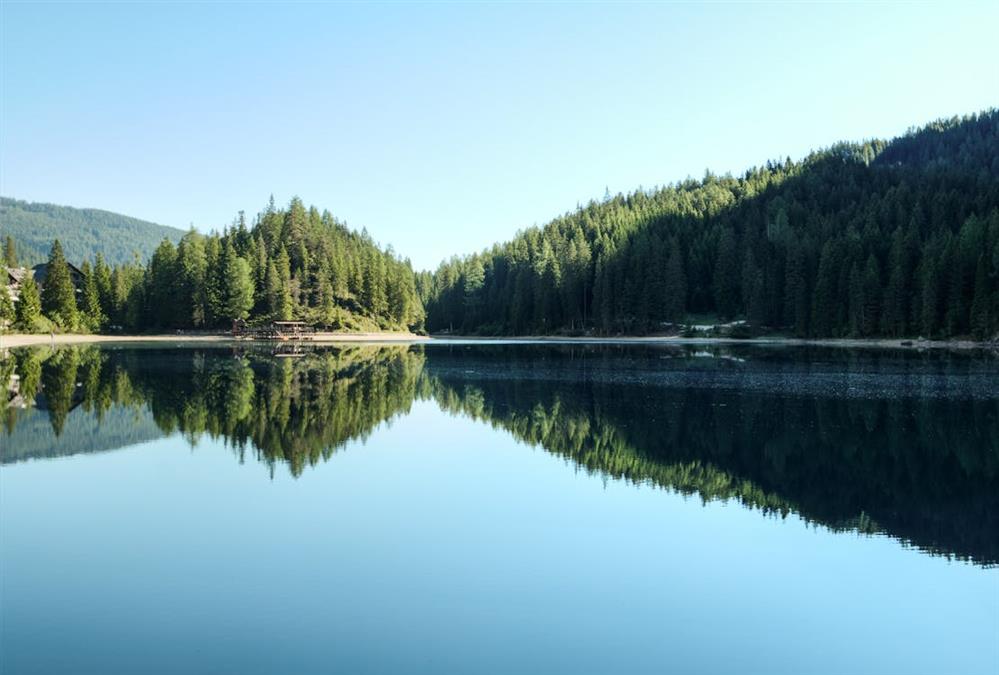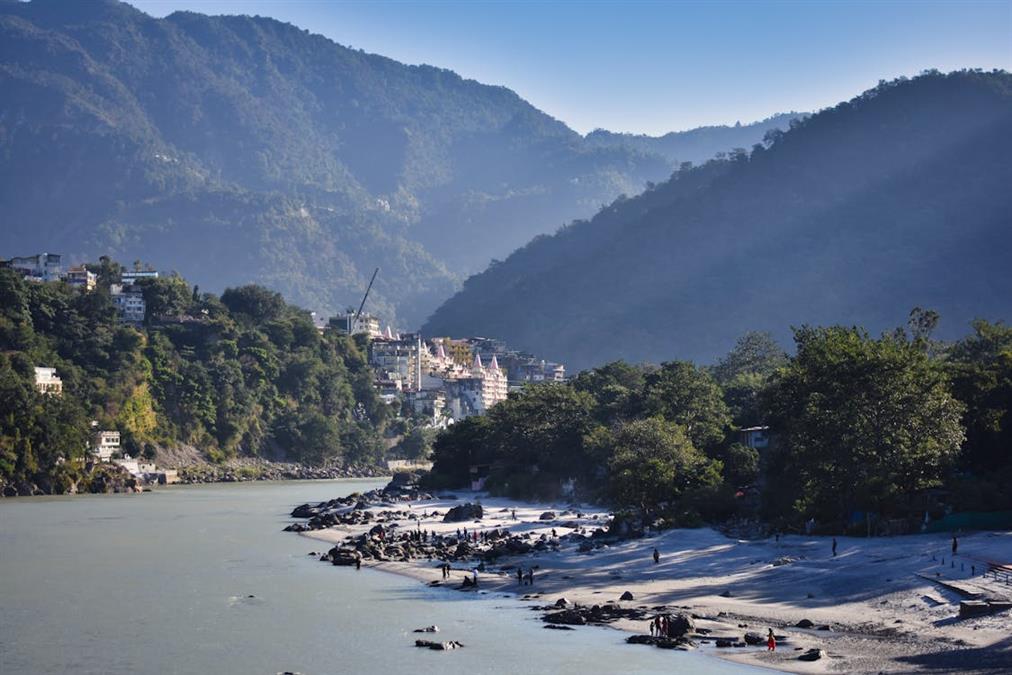Lakeside refers to the area that borders or lies next to a lake. It’s a serene and often picturesque setting, offering a peaceful environment that is often favored for recreation, relaxation, and scenic beauty. Lakeside environments can vary widely, from tranquil, secluded spots to bustling tourist destinations. Below is a comprehensive look at what makes lakeside areas so special:
Geography and Characteristics of Lakeside Areas
Lakesides are the areas that edge lakes, where land meets water. They can feature a variety of landscapes, from rocky shores and sandy beaches to lush green wetlands or forested areas. The characteristics of a lakeside depend largely on the type of lake (freshwater or saltwater), its size, and its surrounding environment. Some lakesides have steep cliffs, while others may offer wide, flat expanses of beach or marshland.
Lakesides can also be marked by features like:
Shorelines: The boundary between the land and water, which can be rocky, muddy, or sandy.
Wetlands: Areas where water is shallow and plants thrive, acting as important ecosystems.
Beaches: Sandy or pebbly stretches of land along the water, often used for recreation.
Cliffs or bluffs: In some lakeside areas, the land rises steeply from the water, creating dramatic vistas.
Popular Lakeside Activities
Lakesides are often focal points for various recreational activities, making them ideal destinations for nature lovers and adventure seekers. Some common activities enjoyed at lakeside locations include:
Boating and Kayaking: Many lakes offer opportunities for sailing, rowing, and kayaking. The calm waters of many lakes provide a perfect setting for paddling, fishing, or exploring by boat.
Fishing: Lakes are a favorite spot for both casual and competitive fishing. Fishing from the shore, from a boat, or in a quiet cove is a popular pastime.
Swimming: During warmer months, many lakes are perfect for a swim. Lakeside beaches, especially in regions with freshwater lakes, are common places for recreational swimming.
Hiking and Nature Walks: Many lakesides are surrounded by trails that allow for hiking, cycling, or bird-watching. Walking along a lakeside trail offers a chance to enjoy the natural beauty and wildlife of the area.
Picnicking and Camping: With beautiful views, lakeside areas are ideal for outdoor dining and camping. Many lakes have designated picnic areas, and lakeside campgrounds allow for a relaxing experience in nature.
Photography and Sightseeing: The scenic beauty of lakes, especially at sunrise or sunset, makes lakesides a favorite destination for photographers and nature enthusiasts. The play of light on the water and the surrounding landscapes offers incredible opportunities for outdoor photography.
Water Sports: In addition to boating, many lakes offer activities like jet skiing, water skiing, paddleboarding, and even windsurfing.
Environmental Importance of Lakesides
Lakesides are vital ecosystems, providing essential habitat for a variety of wildlife. Plants, fish, amphibians, and birds thrive in these environments, making lakeside areas rich in biodiversity. Some of the key environmental functions of lakesides include:
Habitat for wildlife: Lakeshores support various species, such as waterfowl, insects, amphibians, and mammals. Wetlands and riparian zones (the areas along the edge of lakes) are crucial for the health of these ecosystems.
Water filtration: The natural vegetation along lakesides plays a significant role in filtering water, preventing soil erosion, and maintaining water quality.
Flood control: Lakesides often serve as natural buffers, absorbing excess water during heavy rains or snowmelt, helping prevent flooding downstream.
Carbon sequestration: Lakeside plants and wetlands can store carbon, helping mitigate the effects of climate change.






